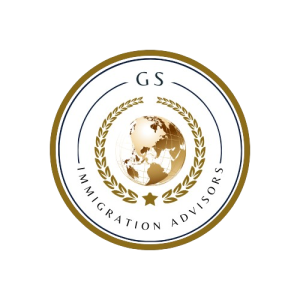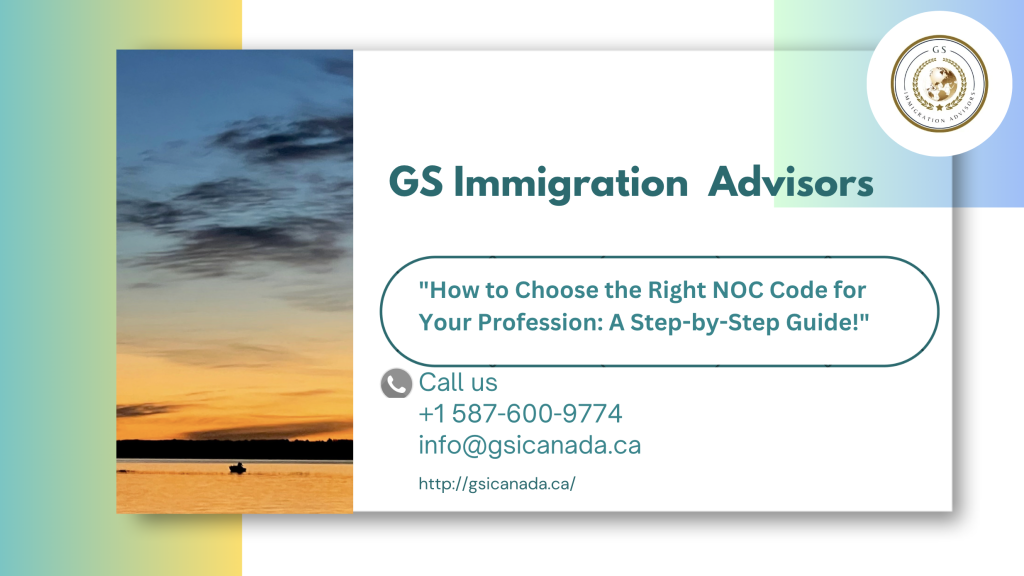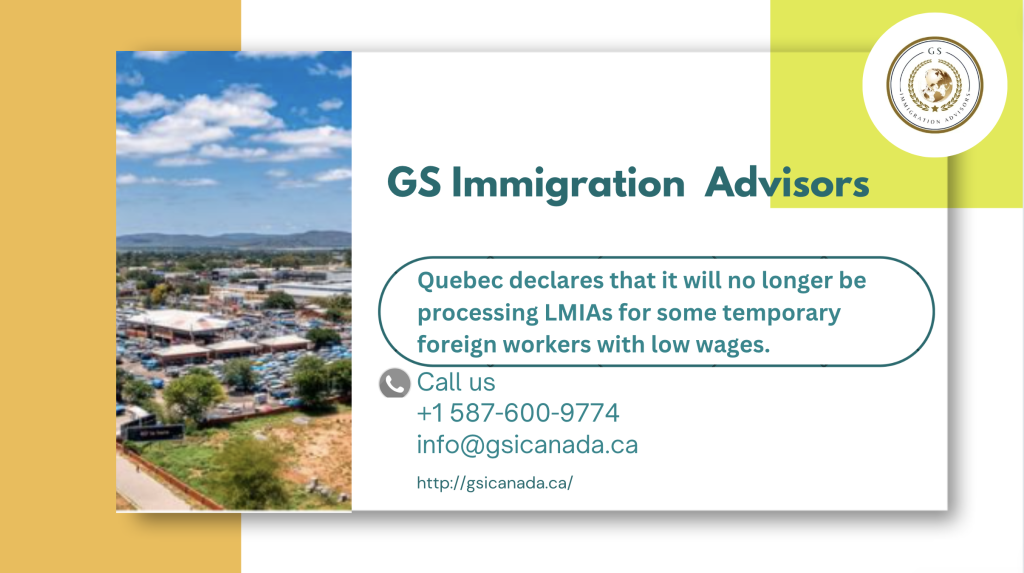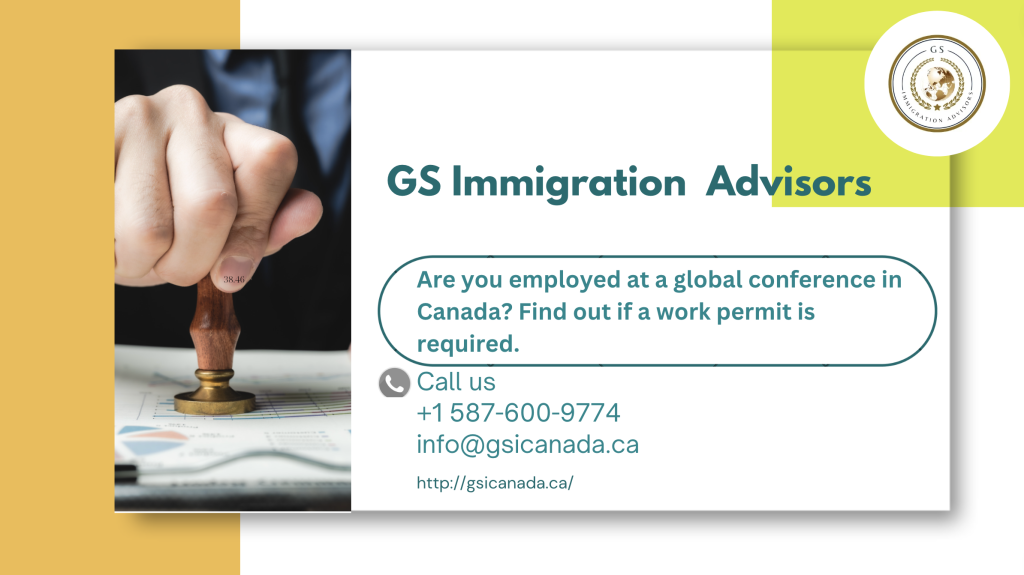“How to Choose the Right NOC Code for Your Profession: A Step-by-Step Guide!”
Selecting the appropriate National Occupation Classification (NOC) code based on one’s job experience can significantly affect an immigration application, particularly as various NOC codes are applicable to various immigration streams. The possibility of misrepresentation—a legal criterion that applies to immigration petitions and may be construed as a form of fraud—increases when an improper NOC code is chosen. This implies that applicants for immigration may have their applications cancelled or denied due to an incorrect NOC declaration. Discover if You Are Eligible for Canadian Immigration What is the NOC? The National Occupation Classification (NOC) Code system is Canada’s national system for categorizing and describing occupations in Canada. The NOC system was updated in 2021 to include a training, education, experience, and responsibilities (TEER) component as well, denoting the extent to which these four components are needed to adequately perform the role. Based on this, jobs are assigned a NOC based on the training, education, experience, and responsibilities that they require. TEER 0 indicates the positions that require the most education or training/experience, while TEER 5 denotes occupations with the least. The following table breaks down each TEER level, and the corresponding training, education and experience needed: TEER Number Occupation Type TEER 0 Management occupations. TEER 1 Occupations that usually require a university degree to adequately perform. TEER 2 Occupations that usually require a college diploma, apprenticeship training of 2 or more years to adequately perform, or supervisory occupations. TEER 3 Occupations that usually require a college diploma, apprenticeship training of less than 2 years, or more than 6 months of on-the-job training to adequately perform. TEER 4 Occupations that usually require a high school diploma, or several weeks of on-the-job training to adequately perform. TEER 5 Occupations that usually need short-term work demonstrations to learn, and no formal education. How do I pick the best NOC? It can be difficult to determine the appropriate NOC code for a profession because of the NOC system’s immense size. Nonetheless, the Canadian government offers services that can greatly simplify this process. The main source is the NOC page of the Canadian government, which is located here. The IRCC suggests that you use this page to find your NOC Code by doing the following steps: Navigate to the table at the bottom of the page and enter your job title in the “Filter items” field at the top of the table; Note that the exact job title may not be available, and so candidates may have to enter a close approximation (i.e.: as opposed to entering the job title “forensic accountant” a candidate may have to instead simply enter “accountant” at first to be delivered a result); Copy both the TEER number, and the NOC code number for the search result that most closely resembles the required profession; To ensure this is the right code, visit Employment and Social Development Canada’s (ESDC’s) webpage and click on the tab entitled “Search by NOC Code”. Enter the NOC code copied earlier into the search bar, and review the information provided for the profession searched. Note the “main duties” section of this page. Ensure that the duties in the “main duties” section of the page match closely to the duties of the occupation that you are searching for. If the duties do not closely match, restart the process from step 1. What if I cannot find my NOC in the given table? Immigration seekers can now include this information in their applications after locating and verifying the appropriate NOC with the duties and responsibilities of the intended employment. It can be quite helpful to make sure that the NOC code provided accurately reflects your actual function and responsibilities. This will help you prevent any issues that may arise from lying on your immigration application as well as ensure that you are eligible for a specific stream or pathway. Discover if You Are Eligible for Canadian Immigration




